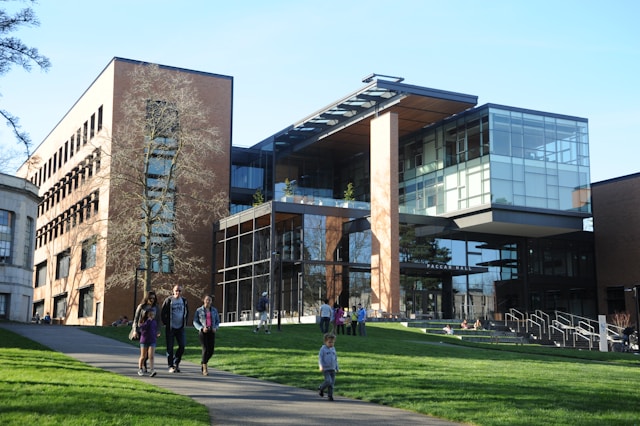Agile methodologies are an iterative and collaborative approach to project management and product development that prioritize flexibility, adaptability, and continuous improvement. Agile methodologies promote cross-functional teams, frequent communication, and incremental delivery of value to customers. Here’s an introduction to Agile methodologies with real-time examples:
- Scrum:
- Scrum is one of the most popular Agile methodologies that emphasizes collaboration, iterative development, and self-organizing teams.
- In Scrum, the product is developed in short, time-boxed iterations called “sprints” typically lasting 1-4 weeks.
- The development team works in close collaboration with the product owner to prioritize and deliver small increments of working software called “user stories.”
- Daily stand-up meetings, sprint planning, sprint reviews, and retrospectives are conducted to promote transparency, accountability, and continuous improvement.
Example: A software development team using Scrum is building a mobile app. They work in two-week sprints, collaborate with the product owner to define user stories, and conduct daily stand-up meetings to discuss progress, challenges, and plans for the day. At the end of each sprint, they review the completed user stories and gather feedback from stakeholders to make iterative improvements.
- Kanban:
- Kanban is an Agile methodology that visualizes and manages work using a Kanban board.
- Kanban boards have columns representing different stages of work, such as “To Do,” “In Progress,” and “Done.”
- Work items, represented by cards, move across the board as they progress from one stage to another.
- Kanban focuses on limiting work in progress (WIP) to optimize flow and ensure faster delivery.
- Teams pull work items based on capacity and prioritize based on demand.
Example: A marketing team uses Kanban to manage their campaigns. They use a Kanban board with columns representing the different stages of a campaign, such as “Ideation,” “Design,” “Execution,” and “Monitoring.” Each campaign is represented by a card, and team members move the cards across the board as they progress. The team limits the number of campaigns in progress to maintain focus and optimize campaign delivery.
- Lean:
- Lean is an Agile methodology inspired by the Toyota Production System that focuses on reducing waste and maximizing value.
- Lean emphasizes continuous improvement, customer value, and waste elimination.
- It encourages small, incremental changes and feedback loops to improve efficiency and quality.
- Lean principles include identifying and eliminating non-value-added activities, empowering teams, and optimizing processes.
Example: A manufacturing company adopts Lean principles to optimize its production line. The team identifies bottlenecks, waste, and inefficiencies in the manufacturing process, and implements small changes to improve productivity, reduce defects, and shorten lead times. They continuously gather feedback from the production line workers and make iterative improvements to achieve better outcomes.
Agile methodologies provide a framework for delivering products and projects in a flexible and collaborative manner. They enable teams to adapt to changing requirements, gather feedback early and frequently, and deliver value incrementally. The choice of Agile methodology depends on the nature of the project, team dynamics, and the organization’s goals and culture.

Leave a Reply